Everyone loves eating sweet, delicious honey, and it has been consumed by humans on planet Earth as medicine and food, probably since the Stone Age or even before. But do you know how bees make this honey and why these tiny little flying bugs need to make honey in the first place? If you continue reading, I’ll explain how do bees make honey step by step?
Table of Contents
ToggleLately, I have done some research on the honey-making process. As I have been keeping them for seven years, observing the whole process so closely, I’m confident I’ll be able to explain the fascinating process.
Honey-making by bees involves four clear steps i.e.:
- Nectar Gathering
- Nectar Processing
- Nectar Ripening
- Storing honey into the honeycombs and capping it with wax
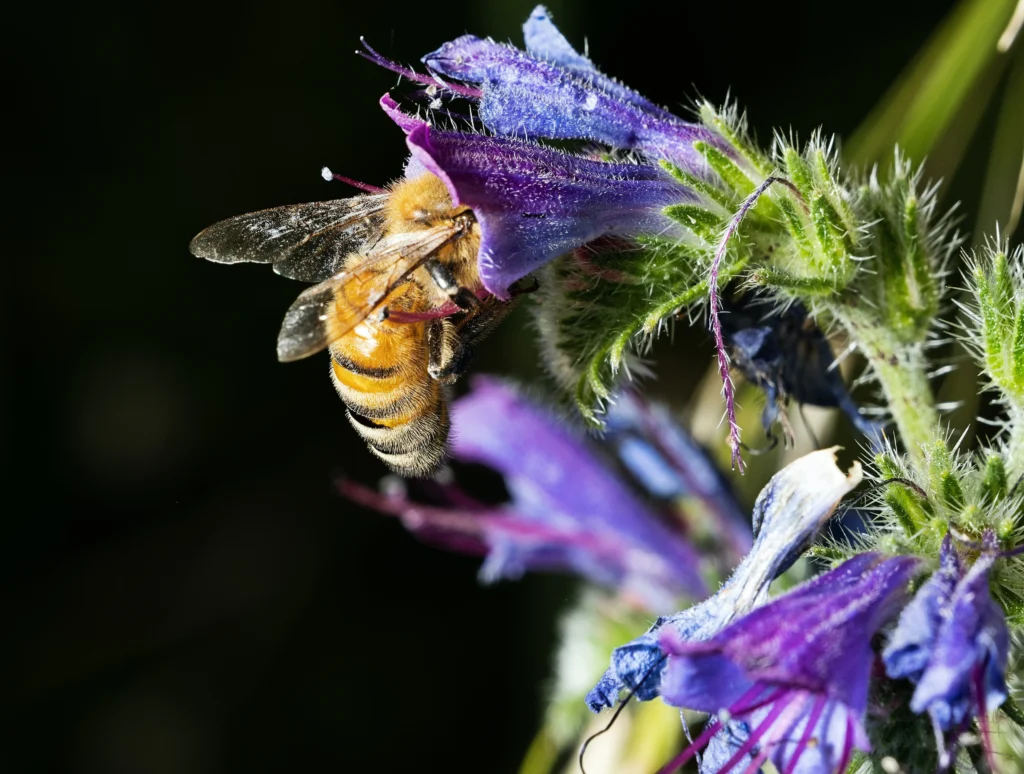
Nectar Gathering:
It all starts with collecting nectar (a sugary syrup found in the nectaries) from flowers, which is the duty of worker bees or field/forager bees. Field bees are very efficient in doing this job; with the help of their antenna, they can sense the nectar in the flowers from even one kilometer away. Several species of flowers may secrete nectar at different times of the day. Still, the smart honey bees somehow learn the exact time of nectar secretion to save time and energy.
Generally, forager bees (Apis Mellifera) prefer to collect nectar from sources closer to their hives within one kilometer. Still, they frequently fly up a 3.5-kilometer radius to fetch sweet, sugary nectar. How far honey bees will fly to collect food depends upon the availability of food resources. In times of nectar/pollen/water shortage, bees have been found to travel up to 10 kilometers to find these resources. The area a bee covers from its hive to find food supplies is called flight range. It can vary according to the species of honey bees and bee flora availability.
When a bee discovers a bunch of nectar-secreting flowers, she travels from one flower sucking up nectar with her straw-like long tongue(proboscis) until her honey pouch fills. This honey pouch is connected to her main stomach (used for food digestion) with a valve that can be opened, and nectar can be transferred into the main stomach if the bee feels hungry as she works hard.
Nectar at this stage is like diluted sugary syrup and very different from the viscous honey we eat at our table. Once her honey pouch is filled, she flies back to the hive, and on its way, the honey-making process begins. A unique enzyme called Invertase or bee enzyme is released from the salivary glands of the bee and mixed with the incoming nectar when passing through the mouth. It helps break down sucrose( complex sugar) in the nectar into glucose and fructose (simpler sugars). Other enzymes and proteins also mix with the nectar, making it more tasty and nutritious.
The variety in the honey’s color, taste, and smell depends upon the type of flowers the bees visit. So sidr honey comes from the nectar of Sidr flowers, and the Robinia honey comes from the nectar of Robinia flowers, and so on. Usually, bees do not mix up the nectar from different floral resources when they collect it. Once a bee gathers nectar from a specific flower, she collects nectar from the same type of flower until those flowers expire or stop producing any nectar. Then she finds another kind of flower, and so on.
You’ll be amazed that a bee can carry up to 70mg of nectar back to its hive, equivalent to its weight. She may visit from 100 to 150 flowers to fill up this much on each field trip.
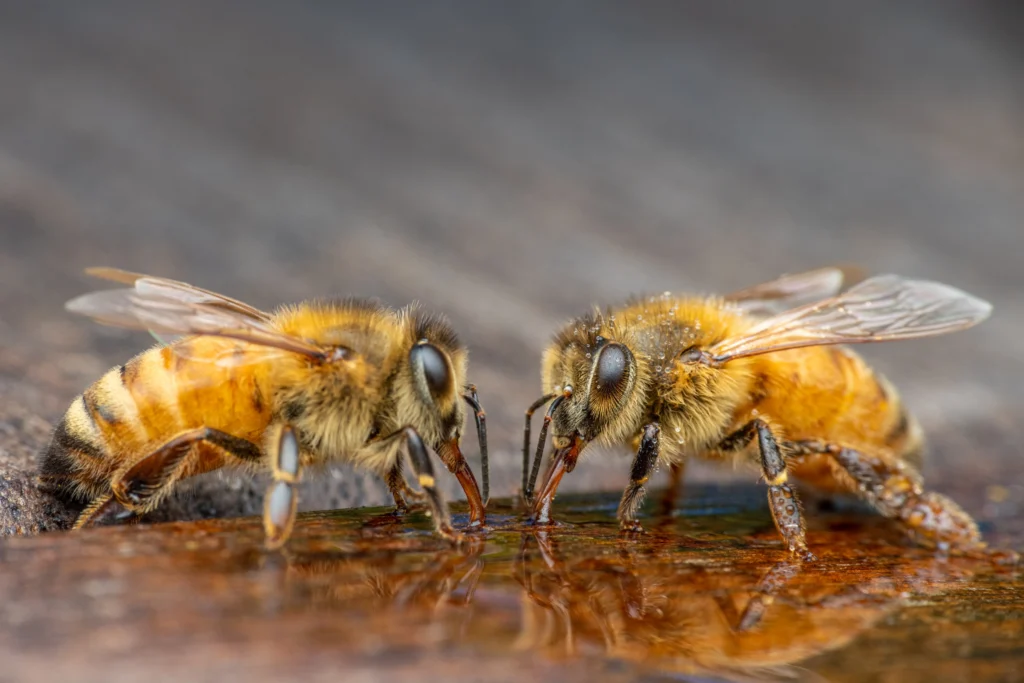
Nectar Processing
When the bee arrives back in the hive, she passes the nectar to a particular group of bees known as house bees. These are the younger bees who are not older than two weeks. They keep chewing and vomiting it to the other bees while adding more enzymes and proteins. The enzymes also modify the pH of the honey and make it very acidic. Any complex sugar left is broken down into glucose and sucrose, and its humidity is reduced to some extent, converting it into a somewhat watery honey.
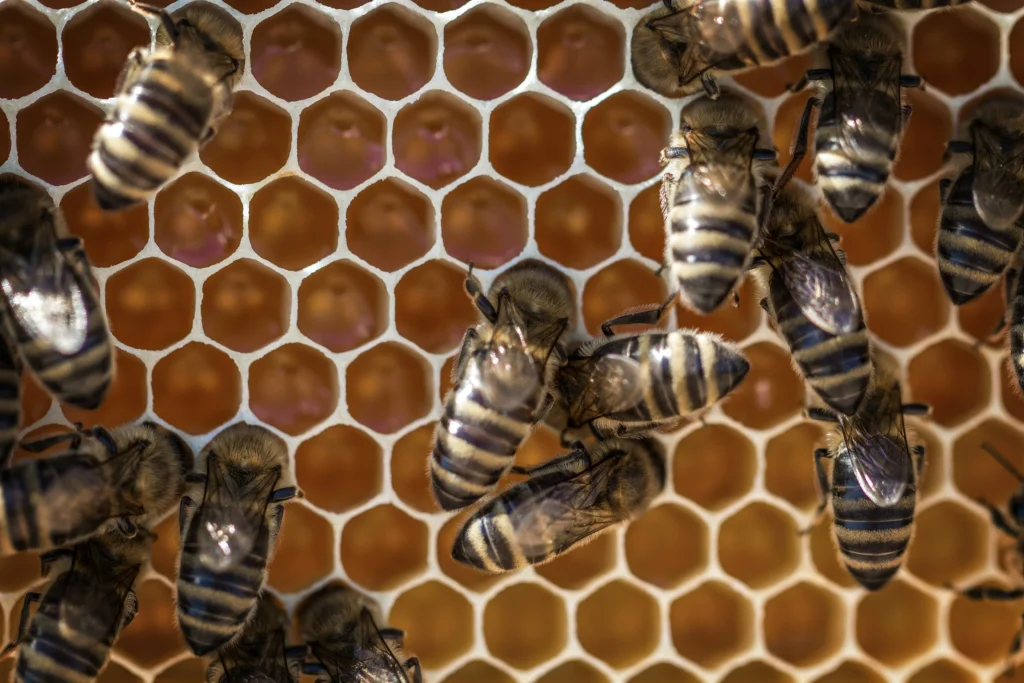
Nectar Ripenning
Bees are brilliant; to dry out or ripen this honey-like nectar, bees have already planned and built many honey cells in their hive. The bees half-fill these honeycombs with thick nectar and significantly increase the airflow into the hive by beating their wings hard to dry out and thicken the nectar until it becomes the thick honey we eat. This honey ripening continues until the honey’s water content is reduced to 17-20%. This process is critical as the low water content in honey prevents fermentation and makes it impossible for bacteria or fungi to survive in honey. The dehydration process of the nectar usually lasts up to 4 days to a week, depending on the water content in the nectar.
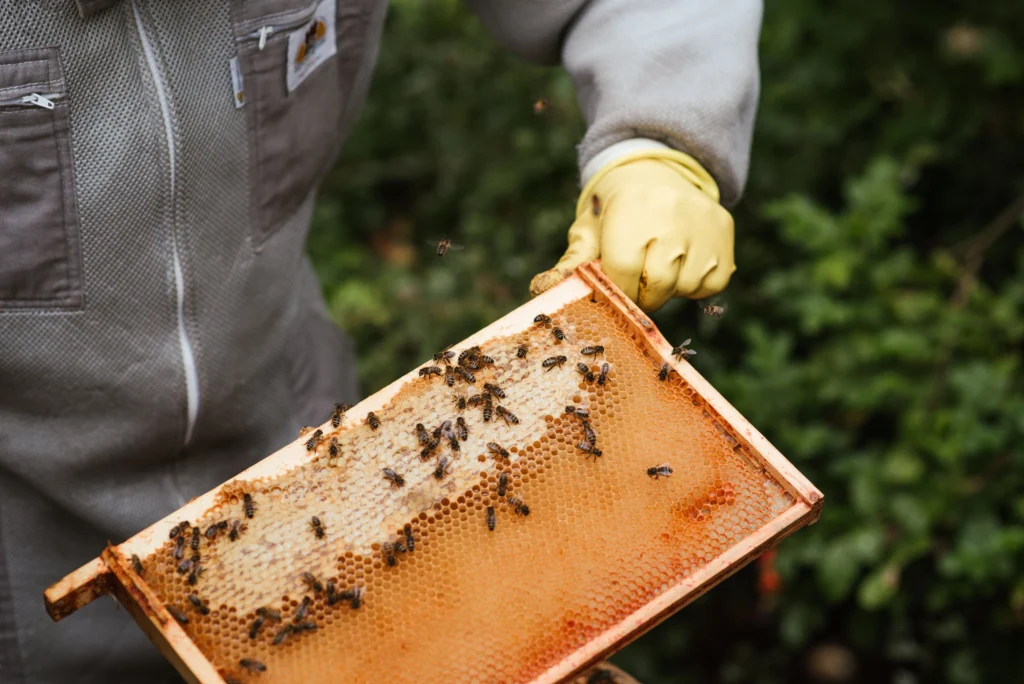
Storing honey into the honeycombs and capping it with wax
When the honey is dried enough, the bees move this honey to the upper section of the honeycomb and fill the specially designed honey cells. Honey, at this stage, is fully mature and ready to be stored. Now, they cap these honey cells with wax to keep the honey airtight and safe from other microelements in the hive. Once the honey is capped, it will remain edible even for centuries until the cappings are removed either by the bees or the man. As you now understand the hard work bees do to produce sweet honey, you might want to take a moment and acknowledge it before eating honey on your next toast.
Why do bees make honey?/ what do bees use honey for?
Energy is required to operate several tasks in the beehive. The honeybees get energy by eating honey and pollen. Honey has a higher sugar content, providing instant energy while pollen gives them protein and other nutrients. In the freezing winters, they can not go out to find any nectar/honey, so they make and store honey to eat through the cold winters. How much honey bees need to survive through the cold winters depends upon the colony size and the geographical location of the beehive.
Here, you might think that all habitats where bees nest don’t necessarily have cold winters, especially near the equator. So why do bees living there make and store honey.? Every region has environmental factors that sustain bee flora in patterns, a period of good food supply for the bees followed by a spell of leaner food supply. Therefore, honey bees have developed this habit of hoarding honey when there is an abundant supply of nectar and pollen, generally through the spring, summer, and autumn months, for thousands of years.
As you now understand the hard work bees do to produce sweet honey, you might want to take a moment and acknowledge it before eating honey on your next toast. If you enjoyed reading this blog, share it with your loved ones and leave us a comment if Bees inspire you.
Do all bees make honey?
Out of 20,000 bee species discovered, only eight are known for producing enough honey for human beings to harvest. Bees that live in large social colonies are the actual honey bees and produce enough honey so humans can harvest it. Apis mellifera, Apis Dorsata, Apis Cerana, Apis florea, Apis Laboriosa, Apis Andreniformis, Apis Koschevnikovi, and Apis Nigrocincata are the six types of honey bees that produce honey.
How do bees make wax?
Worker honey bees have special wax-producing glands on the underside of their abdomen that secrete liquid wax that solidifies as they come in contact with air. The worker bees aged 12 to 20 days have the most active wax glands and tend to atrophy slowly afterwards. The wax-producing bees need bees to eat a lot of honey, and then sugar in that honey is converted into wax.
Is eating raw honeycomb healthy?
You might be hesitant to eat the raw honeycomb, but believe there is no better dessert than a freshly harvested honeycomb filled with aromatic honey.it is a healthy remedy for heart and liver health.
What is a honeycomb made of?
Honeybees use pure bee wax to construct honeycombs. After the bees produce wax, they give it a hexagon shape using their mandibles and build honeycombs.
Is honey made from bee vomit?
Honeybees use pure bee wax to construct honeycombs. After the bees produce wax, they give it a hexagon shape using their mandibles and build honeycombs.
Why do bees make honey if they don't eat it?
The honey bees need honey to feed on when there are no flowers available outside, or the temperature is too low for them to bring food from them. It’s in their DNA to store as much honey as possible when they have plenty of flowers. Wild Pure Honey beekeepers ensure only harvesting the extra honey from the bees and abandoning the harvest if the bees are low on honey storage

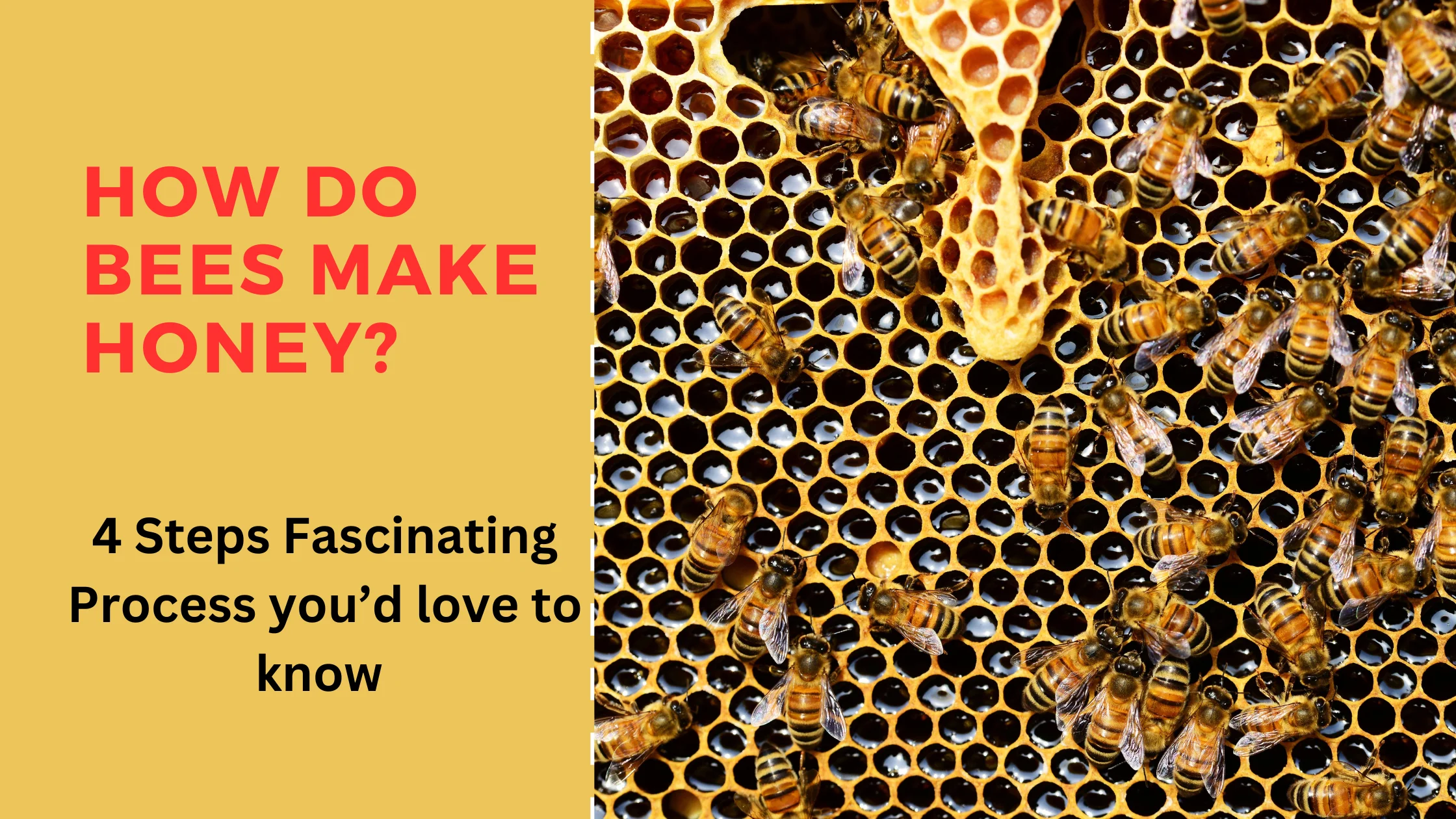
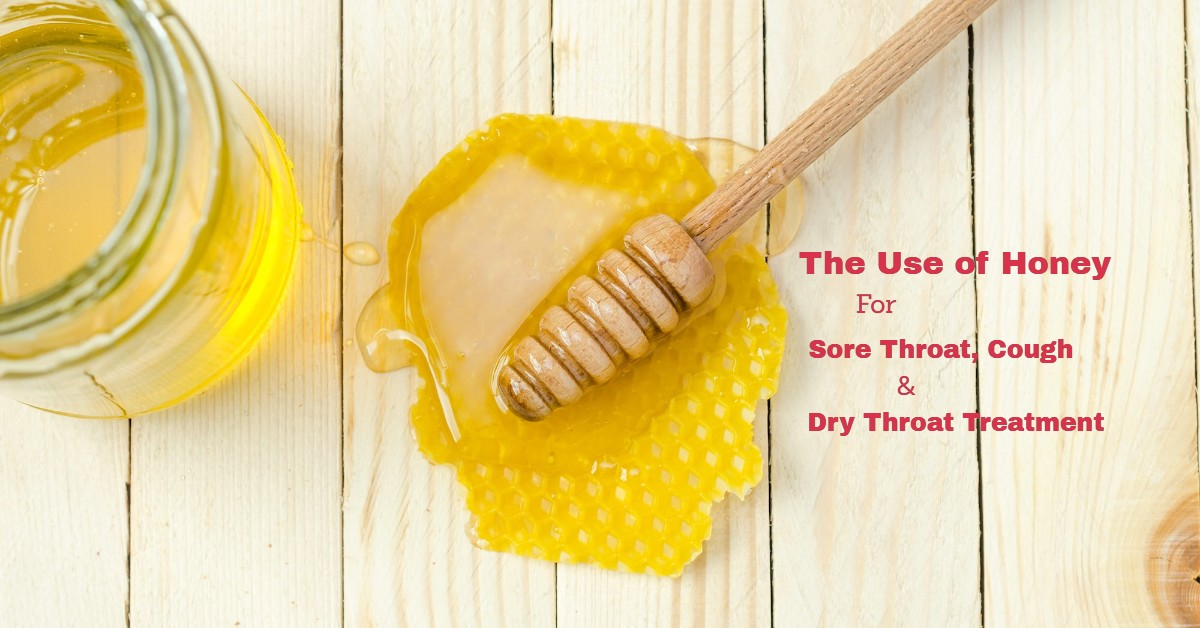
2 Responses
I love honey bee like our children.becous honey bees is our feature.it makes honey for us honey bees produced honey pollen Wax Royal jelly.honeybees is the essential part of humanity.
Thanks for your beautiful comment. I appreciate your love for the bees, keep it up